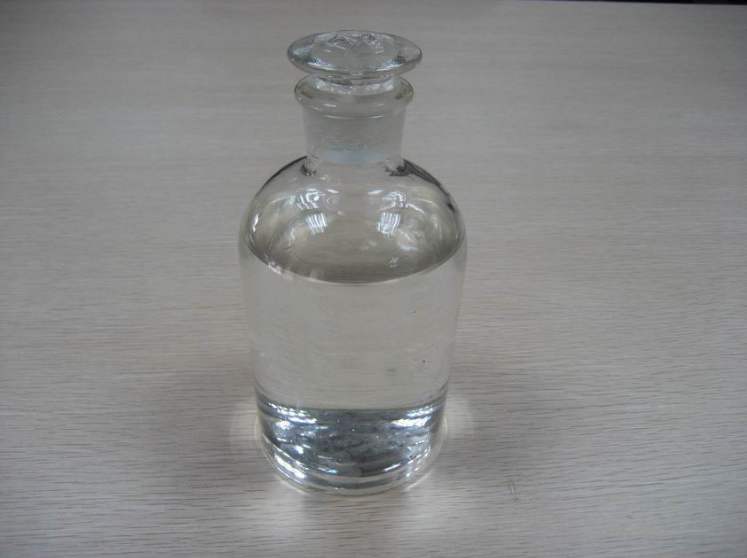[Alias]Acetic acid
[Molecular Formula]C2H4O2
[Structural Formula]CH3COOH
[Properties]Colorless transparent liquid. It is an important component of vinegar, a typical fatty acid with a pungent sour taste. The relative density of anhydrous material is 1.049 (20℃), the boiling point is 118℃, the melting point is 16.604℃, the flash point (open cup) is 57℃, the auto-ignition temperature is 427℃, and the refractive index is 1.3716 (20℃). Acetic acid is a weak acid, but it can neutralize with alkalis to form acetate; it can also esterify with alcohols to form various esters. It is miscible with water, ethanol, ether, glycerol and benzene, but is insoluble. in carbon disulfide. The pH value of aqueous solution: 2.4 at 6% and 2.9 at 0.6%. Acetic acid vapor is very easy to ignite. The explosion range when mixed with air is 4%-17%. It is non-toxic at low concentrations and highly corrosive at high concentrations. Ordinary acetic acid content is about 36%; it has the properties of saturated fatty acids, reacts with certain metals, metal oxides and hydroxides to form salts; and performs esterification reactions with alcohols.

[Use]Acetic acid is an important organic chemical raw material. Used in the synthesis of vinyl acetate, acetate, acetate, thioglycolic acid and chloroacetic acid, etc., and also used as a solvent in the manufacture of rubber, plastics, dyes, etc. In the printing and dyeing industry, it is used as an anti-alkali agent for dye developing solutions, a modulator for pigment printing adhesives, and as a dyeing auxiliary and retarding agent. In the food industry, it is used as sour agent and spice. In the fermentation industry, it is used as a flavor enhancer for Quxiang wine. It is also a raw material for manufacturing dyes, medicines, pesticides and synthetic fibers. Also used as disinfectant, bactericide, etc.
[Brief preparation method]
① Acetic acid can be produced by liquid phase oxidation of acetaldehyde and air or oxygen under the action of manganese acetate and cobalt acetate catalysts.
② Acetic acid is synthesized from methanol and carbon monoxide under the action of a catalyst.
③After butane or naphtha and homogeneous catalyst (manganese acetate, cobalt acetate) are dissolved in acetic acid, acetic acid can also be made by introducing air under high pressure for oxidation reaction.
[Safety and Protection]Acetic acid is a second-level organic acid corrosive substance, hazard regulation number: 9400l. Packed in aluminum alloy or plastic barrels, the net weight of aluminum barrels is 100kg or 200kg, and the net weight of plastic barrels is 25L. Pay attention to fire and explosion protection during storage.
Low-concentration acetic acid is non-toxic. When the concentration exceeds 5%, it is highly corrosive to the skin and has strong irritating effects on the respiratory tract, esophagus, eyes, etc. When the skin is touched, it should be washed immediately with plenty of water or 2% baking soda solution.

 微信扫一扫打赏
微信扫一扫打赏

